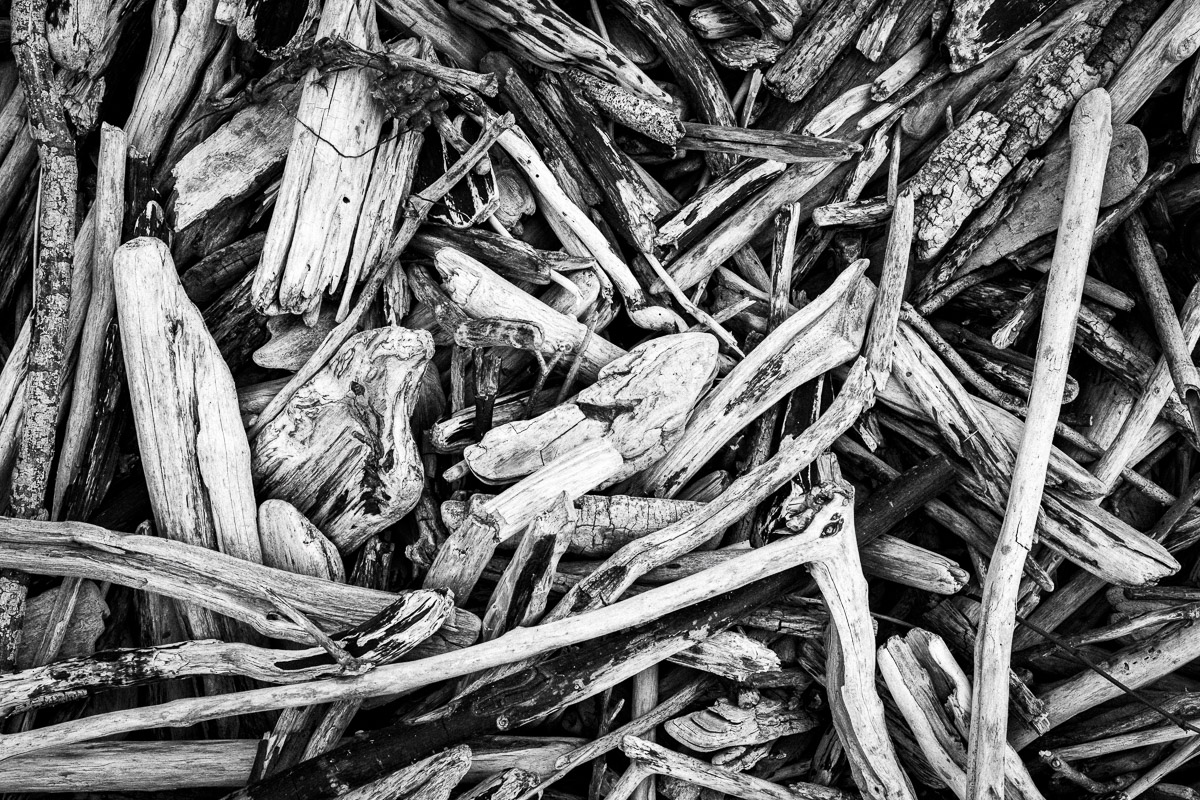The Big Dam Bridge is the longest bridge in North America built for pedestrian and bicycle traffic and is a draw for walkers, runners, and bicyclists even in the early morning. But, directly beneath the bridge is a local fishing hole known as Cook’s Landing. It doesn’t garner the attention of the bridge overhead and has only a few fishermen there, so it’s usually a pretty quiet place to go for some photography.
I never know what the conditions will be like at Cook’s Landing. Sometimes, I can walk down to a small sandy beach area and photograph right from the edge of the river. Other times, especially after periods of heavy rain, I can barely leave the parking area. But, that’s part of what makes photographing the area fun.
A few weekends ago, I made the fairly short, quick drive to Cook’s Landing. It was the first time I had been to the location in nearly four years, so I didn’t know what to expect when I arrived. Would the river be up and limit where I could go? Or, would it be down giving me different positions from which to photograph? I had no idea.
When I got there, I was excited to see the river was down, so the small beach area would be accessible. I arrived a little bit later than I had planned, but the overcast sky eliminated that concern. I parked, grabbed my gear, and began making my way down the rocks that line the bank.
As I worked my way over and down the rocks, I would stop occasionally and see if there was anything that caught my eye. During this process, I managed to photograph a couple of scenes, but nothing that really satisfied me. I continued on and reached the small sandy area alongside the river. I spent about an hour roaming around the location, but, again, I didn’t see anything all that inspiring. So, I decided it was time to pack it in and head home.
As I was about to leave, something out of the corner of my eye caught my attention. Walking over to investigate, I found a thick pile of driftwood that had apparently been washed ashore during a period of high water and then was left behind when the water receded. As I studied the scene, I was struck by all of the different sizes, shapes, and textures of the various pieces of wood.
I set up my equipment to frame a small section of the pile, but I had to be careful about where I put up the tripod and where I stepped. The wood was loosely packed and not as stable as I would have liked. If I stepped wrong or moved the tripod too quickly, the wood would shift and alter the composition in an unexpected way.
After getting the composition I wanted, I next needed to consider depth of field. There were several layers of wood on top of each other, and I needed everything to be sharp. I selected a small aperture, f/16, and positioned the back of the camera so it would be as parallel as possible with the plane of the wood. These two steps would maximize the depth of field while minimizing lens diffraction. Then, I pressed the shutter button and captured the image.
Processing the color image, I enhanced the contrast, texture, and clarity. But, I didn’t feel the color photograph really captured the essence of the scene. I decided to convert the file to black and white, and that made all the difference. I tweaked the contrast further to offset the conversion to black and white and applied a bit of a vignette. Adding just a touch of grain created this final image.
